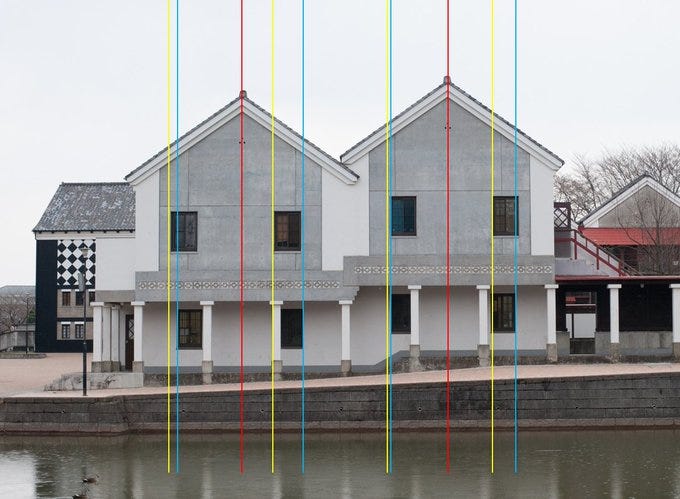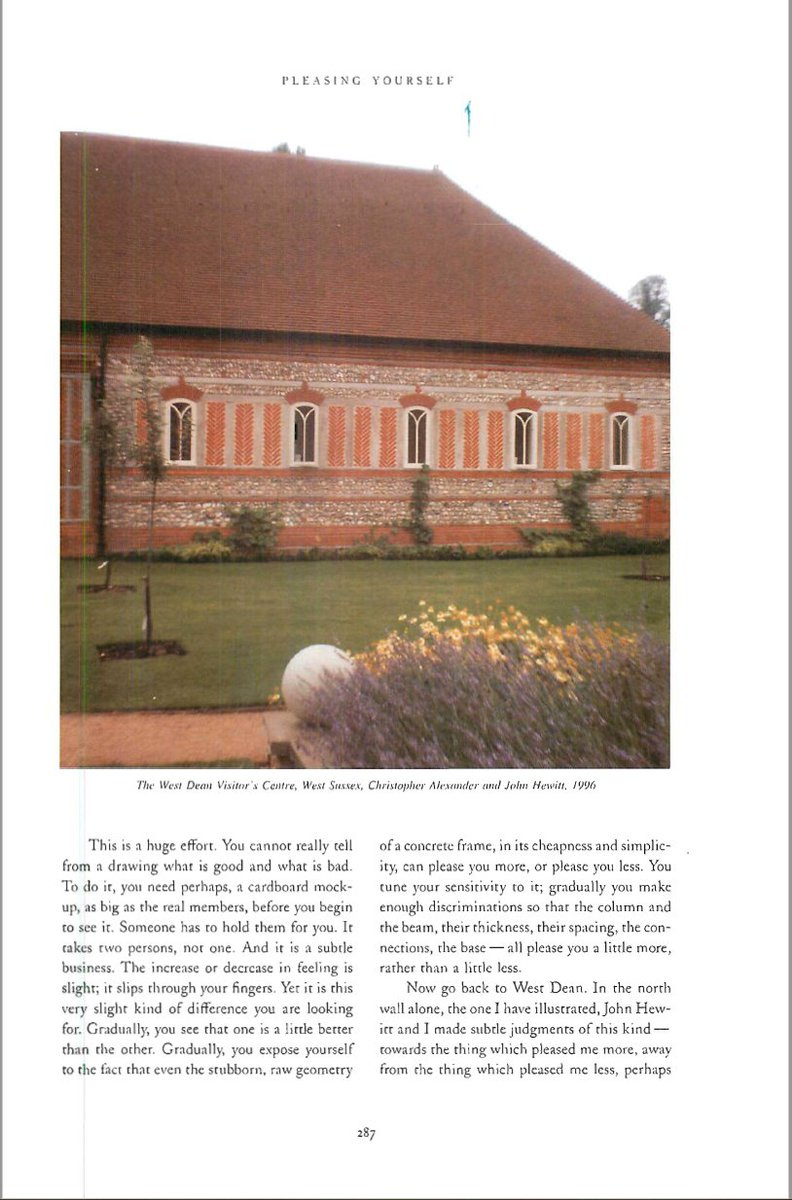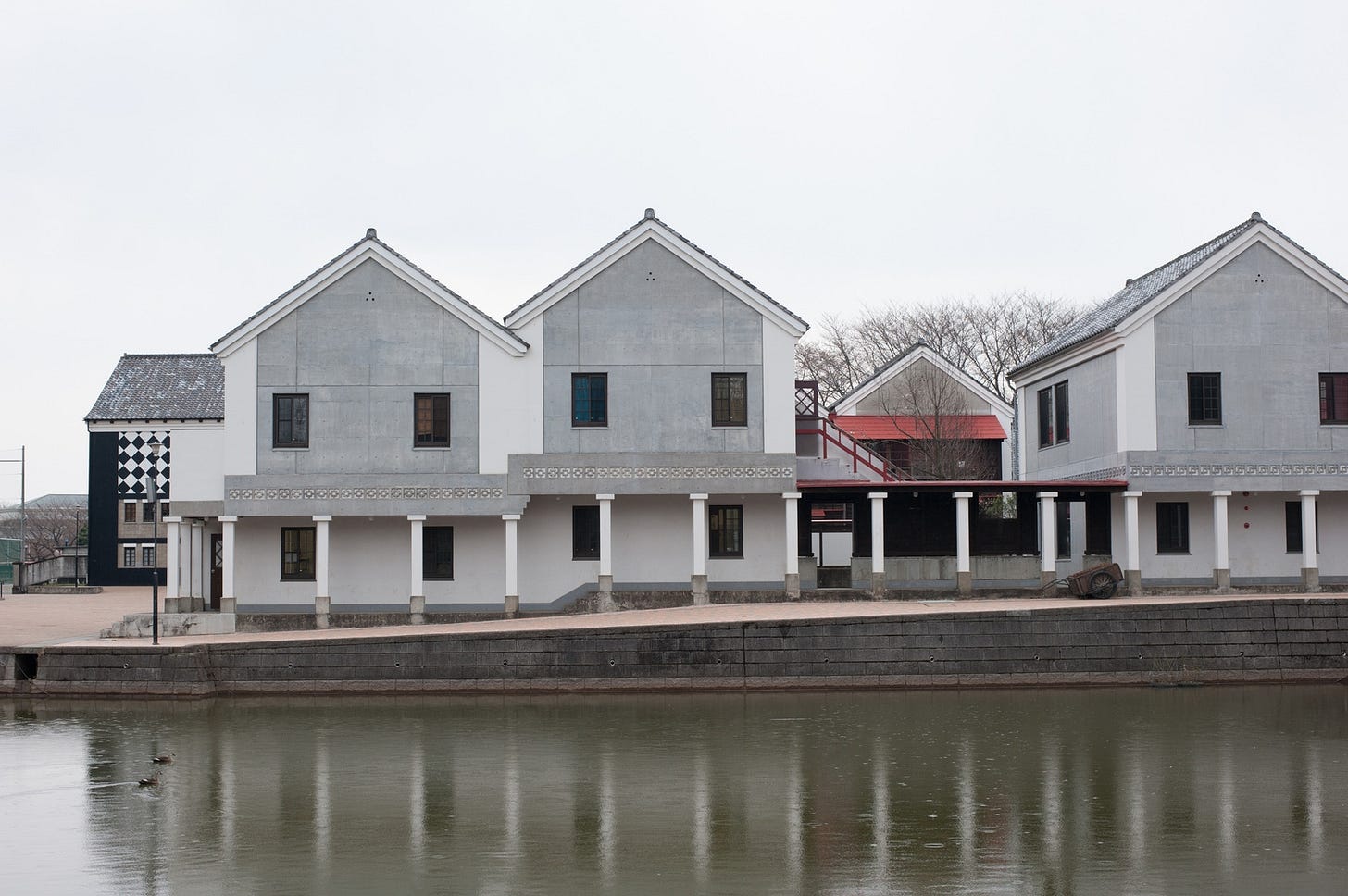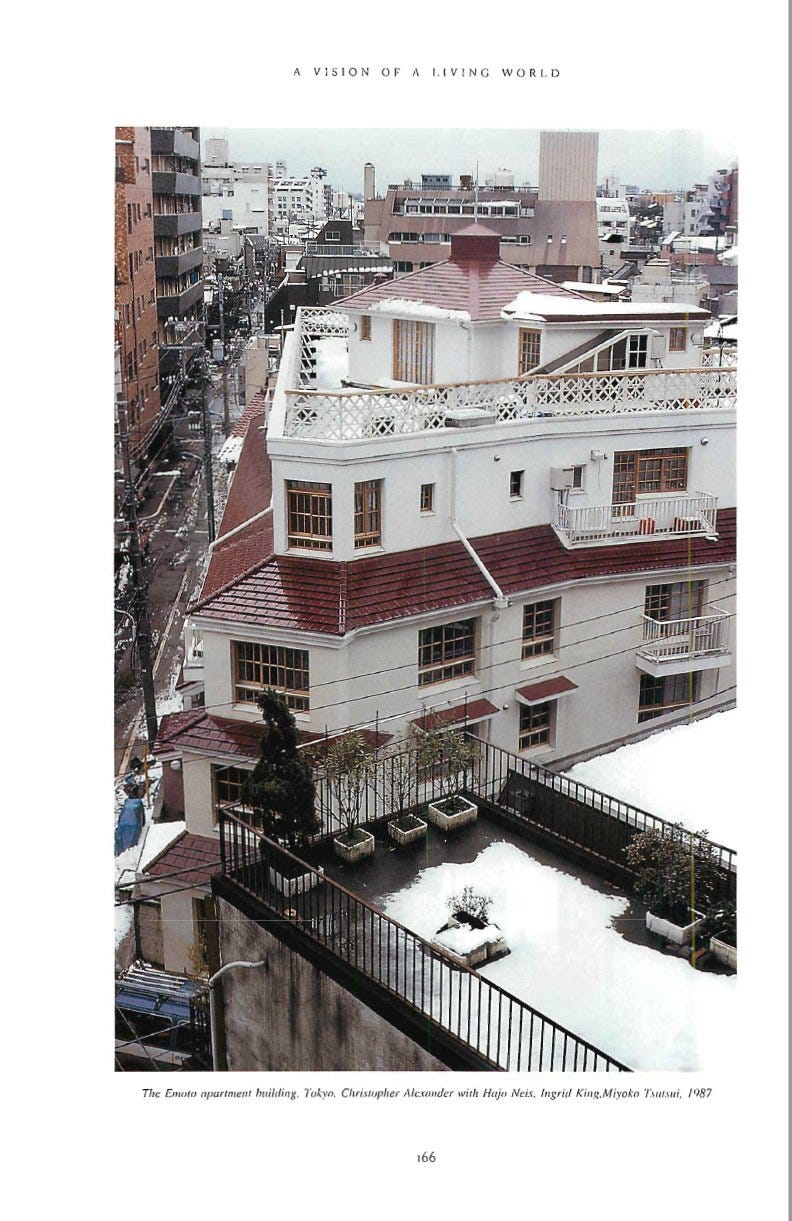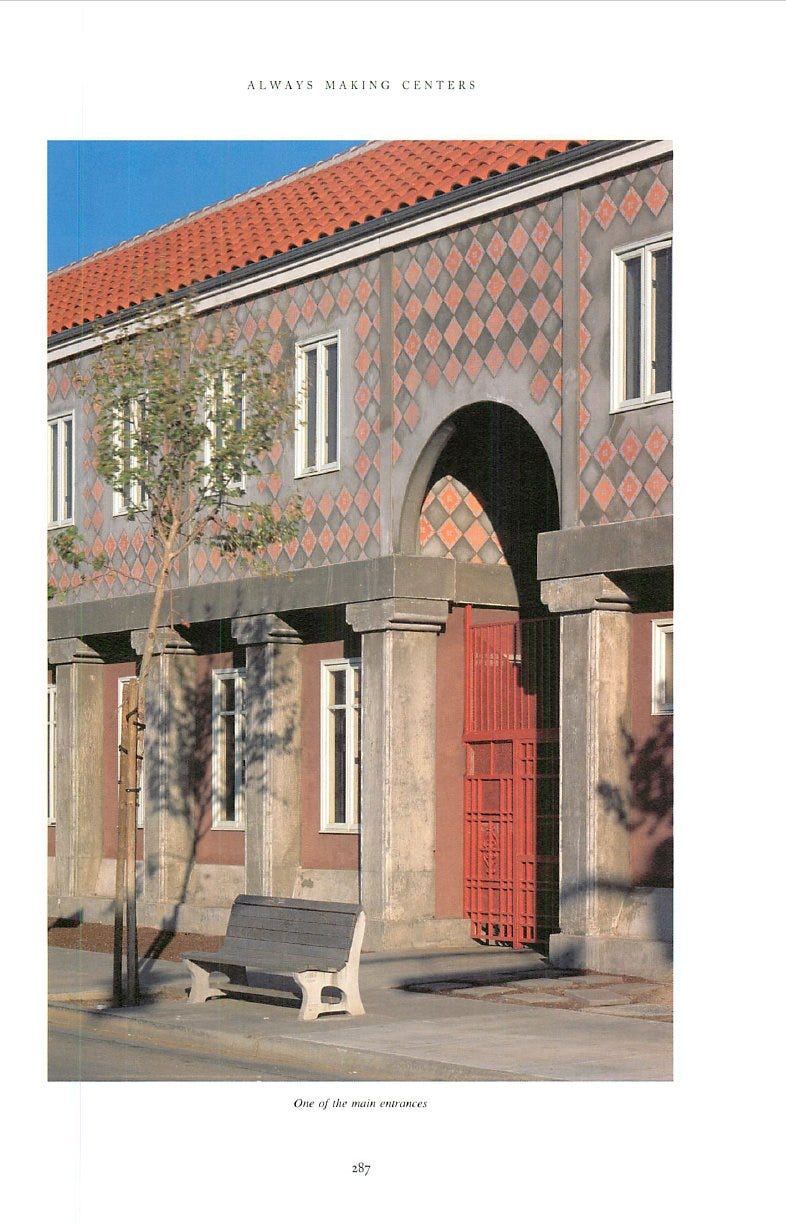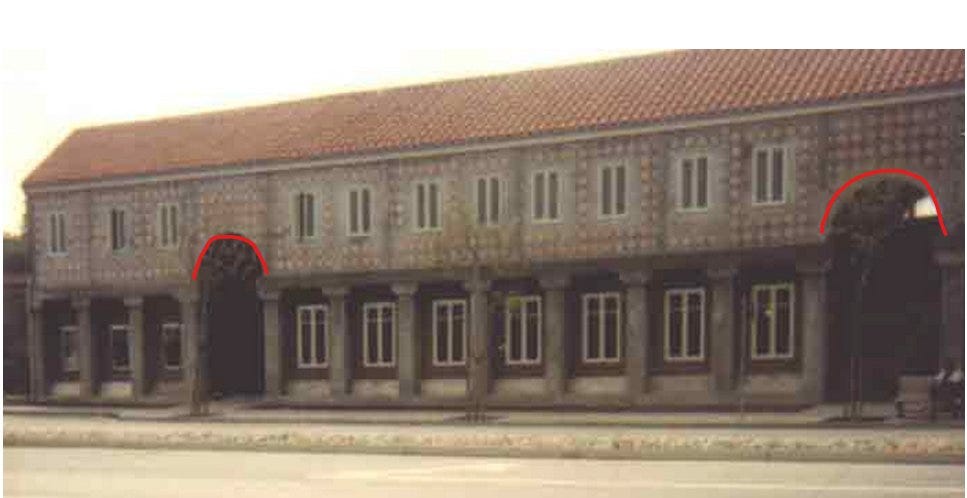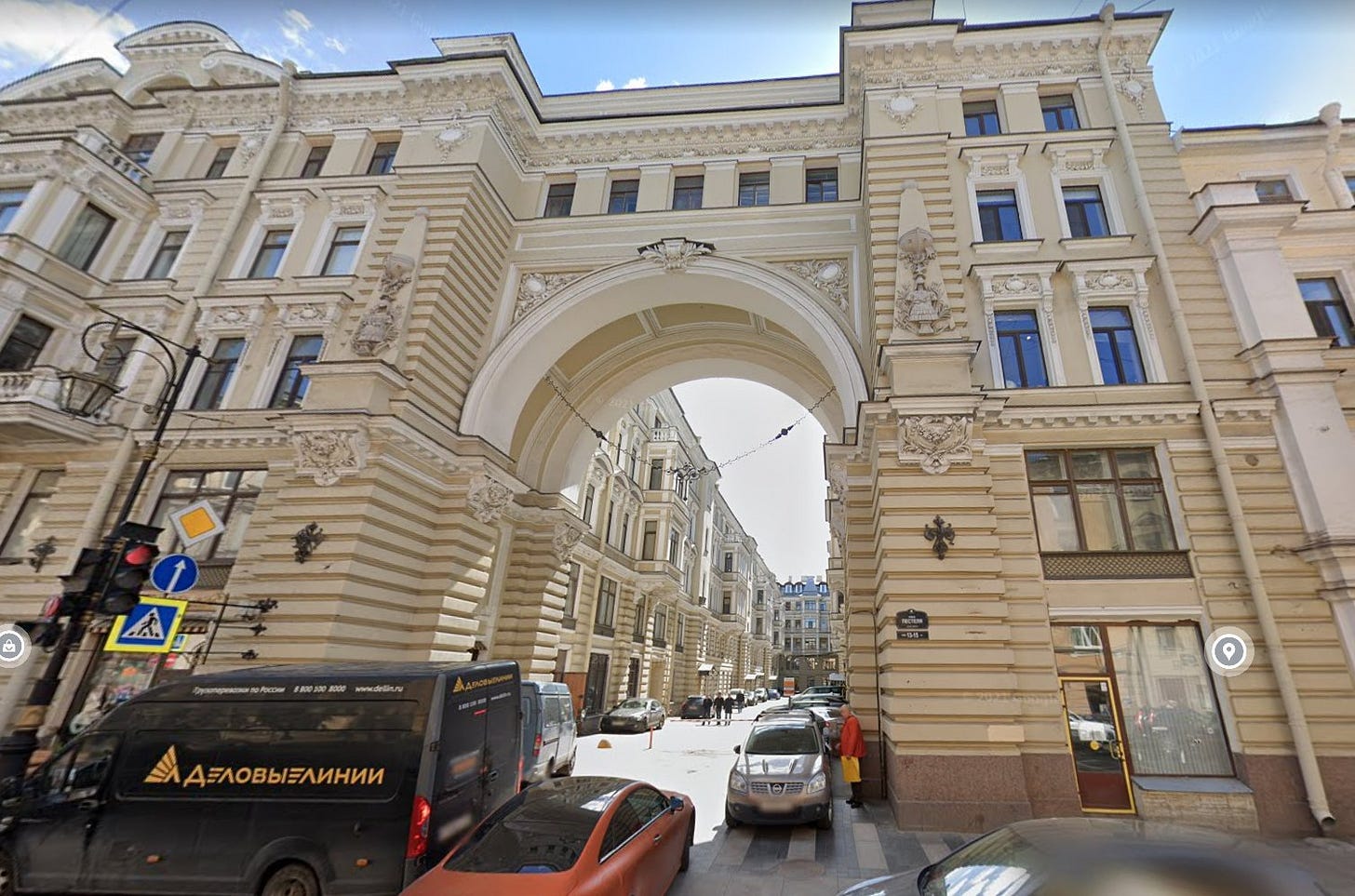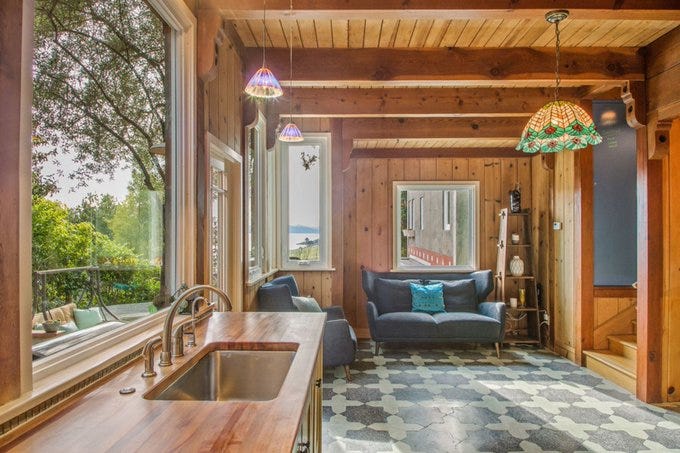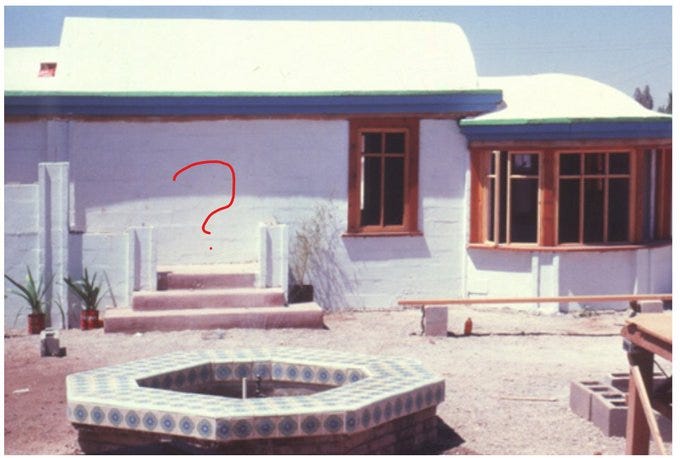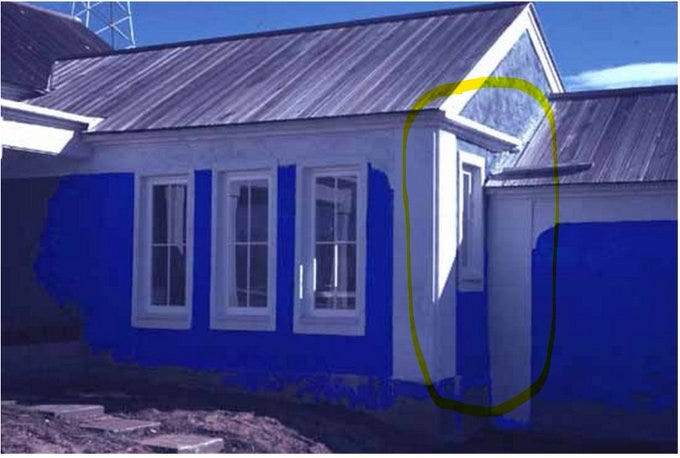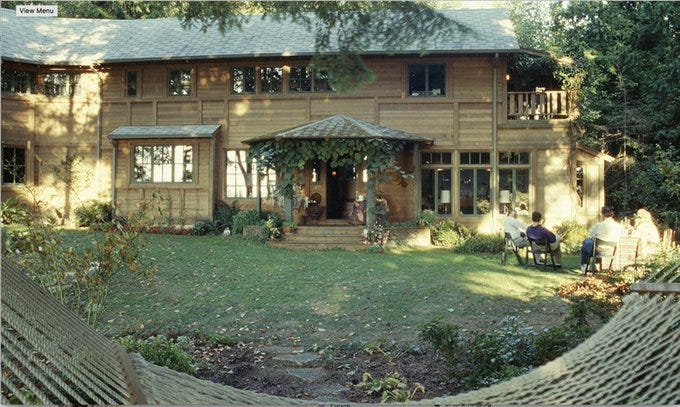How can we distinguish patterns which work, which are deep and worth copying, from those which are simply pipe dreams, mad imaginings?
Christopher Alexander
Timeless Way of Building
The difference between theory and practice is a meme which is hard to beat in its banality, but on the other hand, when you meet such giants as Chris Alexander, it feels almost unbelievable.
His writings are truly inspiring. Some of the best non-fiction books ever written. Yet I have not seen any “great” building he designed so far. Sort of a paradox.
At the same time, he often went into deep metaphysics: “If I ask you what you think, you may agree that these things are full of life. When we really concentrate on the life in things by checking how much self they have, we find that sometimes, yes, the test does confirm our liking, or our preference.”
I don’t trust metaphysics when it comes to design choices.
I fully agree here: the Botta house has no obvious functional need to be round.
Neither does that window pattern in the house designed by Christopher Alexander (and John Hewitt); it has no functional need whatsoever, except probably the one the book suggests: “pleasing yourself”, as his title says.
“Subtle business” indeed.
12 “Iconic” Projects
So, what did Christopher Alexander (or his followers) build as the architect that we could be proud of? I really wanted to know.
I found this website, with the article “Christopher Alexander- 12 Iconic Projects”
which has an unbelievable collection of images. Unbelievable, because I don’t know how you can call all of them “iconic.”
Look at this beauty, for instance.
Perhaps that’s one example below of an okayish residential building, to my taste, designed by Christopher Alexander. And yet, what’s the idea behind using a different grid size for the windows (2nd picture)? I really don’t know. White and wooden frames don’t look good together.
The picture best represents a typical sauna interior in Russia:
In his book The Process of Creating Life — Nature of Order (Book 2 of The Nature of Order), Chris Alexander describes in great detail the design process of the Julian Street Inn. “The entrance archway is formed and shaped to intensify the wall.”
The end result... well, you can see for yourself.
Those ugly arches. You can see below (St. Petersburg, Russia) how it could be done nicely.
This one looks like they had an unstable supply of white and red bricks.
The only piece that looks great here is the sofa.
Those proportions…
Stairs to the wall?
This is just a mystery to me.
You can find better-looking dachas in Russia, built by people with no academic background.
People spoke.
In this article “Why Christopher Alexander Failed to Humanize Architecture” Nikos A. Salingaros wrote:
The wonderfully adaptive patterns Alexander described in all his books had become extinct by the time he published his results. Breaking with convention by not discussing design formalism and ideology, he always focuses on how to achieve a space or structure that gives a positive and profound feeling to the user. […]
Practitioners who try to implement Alexander’s toolkit for adaptive design find themselves marginalized in the architecture profession and shunned by academia.
Well, I’m still puzzled. Maybe my taste in architecture is just bad? If I come across a decent example from Christopher Alexander’s followers, I’ll let you know.




